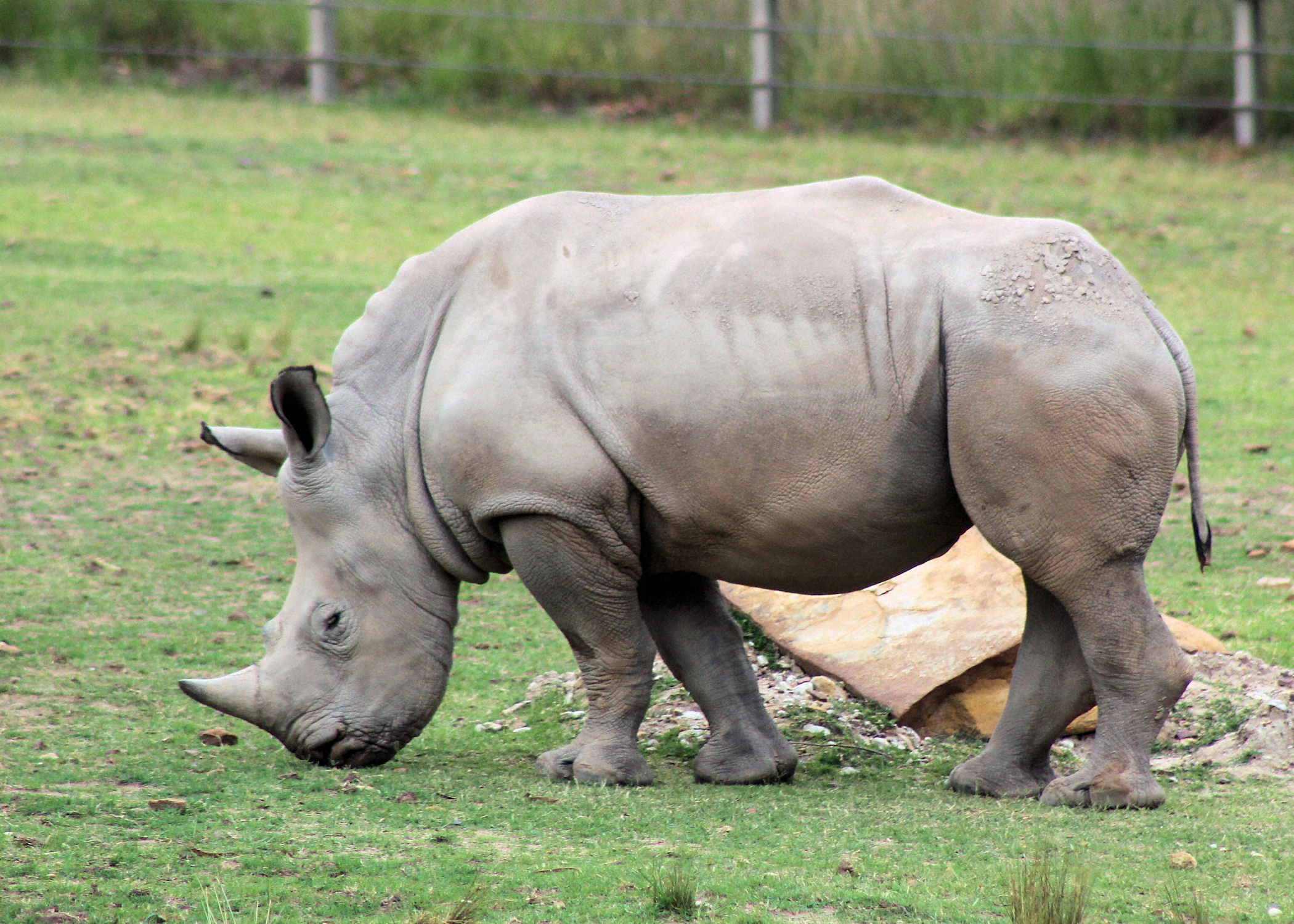Dubbo New South Wales
Located in the central west of New South Wales, Dubbo was our first main stop during our road trip. A five hour car trip from Sydney, or a three and a half hour trip from our home in Singleton, stops along the way are needed. The first European settlement was established in 1828, but aboriginal history dates back over 40,000 years.
With so many attractions to visit in the area, we planned a two day stay here, to see as much as we could, without rushing.
Attractions
Dubbo Visitors Information Centre
Our first visit was the Visitors Information Centre, so that we could get a map of a street walk of historical buildings in town. Only available here, it was also a good chance to see if anything else was happening in town, that had not been mentioned online.
Outside the visitor centre is an information board detailing the dwarf planet Pluto. This forms part of a giant solar system model, centred on the Siding Springs Observatory in Coonabarabran. We passed the position of Neptune at Dunedoo.
Outside the centre is a medicinal garden growing plats that the Wiradjuri People used. An information board describes the uses of the plants.
Town Centre
Following the Dubbo Heritage Trail, we got from the Visitor Information Centre, we found some nice old buildings spread through the centre of town. With 37 buildings and locations, there is a lot to see, but we decided to only find ones that interested us.
Of interest was the old post office, which was designed by the famous architect James Barnet. Another great building was the Old Bank, which is now a pub and restaurant, where we had dinner.
Street Art
Spread all over town, is a variety of street art and sculptures. We noticed them while driving around, but were not aware how many there were.

Aboriginal Street Art on the Overpass Near the Visitor Information Centre 
More Aboriginal Street Art on the Overpass Near the Visitor Information Centre 
Aboriginal Street Art on the Overpass Near the Visitor Information Centre 
Cockatoo Art Work at the Visitor Information Centre 
Aboriginal Street Art in the city centre 
Statue of William Ferguson, a Champion of Aboriginal Rights 
Sheep Silhouettes in the City Centre 
Rhino Statue at the Entrance to the Airport
Taronga Western Plains Zoo
Taronga Western Plains Zoo is the most popular tourist attraction in the Dubbo area because of its collection of endangered animals in an open range setting. To view all of the exhibits, we spent a full day at the zoo, walking between enclosures. Your entrance ticket is valid over two days, so you can return the next day if you want to see more. To read our full blog about our visit, click on the link above.
Old Dubbo Gaol
Old Dubbo Gaol is one of the locations on the heritage trail and is a popular attraction for many tourists. Maintained in excellent condition and easy to access from the centre of town, it’s a fun place to visit and learn about the gaol’s past. The buildings are all close together, so a visit here only took us an hour. The blog of our visit can be found here.
Dubbo Regional Botanic Garden
If you like Japanese gardens, you will love this one. Rated one of the best in Australia, the Shoyoen garden is beautiful to walk around and very relaxing. The other section of the Regional Botanic Garden display’s local flora, so if you want to see some without bushwalking, this is a great place to visit. Our full blog can be found here.
Old Bank
The Old Bank Restaurant and Bar is, as the name suggests a converted bank. Bookings are essential, as we were lucky to get a table when we arrived. To read our blog on the Old Bank, click here.
Western Plains Cultural Centre
The Western Plains Cultural Centre is a combined museum and art gallery, showcasing local talent and history. From high school students’ art, international artists, aboriginal artefacts, and old horse drawn carriages, there is something here for everyone.
Royal Flying Doctor Service Visitor Centre
The RFDS Visitor Centre is a new, state of the art museum which details the RFDS history. Not only does it have old equipment and two aircraft on display but uses large screens and interactive video to tell its story. We enjoyed our visit and spent longer than we had originally anticipated because it had so much to offer.
War Memorials
As with most towns across Australia, a war memorial commemorates those who were killed fighting for their country. Dubbo is no exception, but’s its Shrine of Remembrance is huge and surrounded by several other memorials. One of these is in memory of a local pilot who earned the Victoria Cross flying a bomber during World War Two. Although he was killed, he saved the lives of five others onboard, while flying the plane home despite being severely wounded.
Macquarie River and Emile Serisier Bridge
Located near the Visitor Centre, the Emile Serisier Bridge caught our attention because of its solid steel work construction. It spans the Macquarie River, so while looking at the bridge, we had a look at the river too.
A better view is available on the opposite side of the river, where you can walk under the structure.
Dubbo Observatory
We booked tickets ahead if time for the observatory, opting for the 10:30PM to 12:30AM visit. This allows visitors to use their own cameras on the telescopes to take photos. Unfortunately, the sky was cloudy so our session was cancelled(with a full refund), so next time we are in Dubbo we will try again.
To see what else there is to do in New South Wales, please see some of our other stories.
To see what else there is to do in New South Wales, please see some of our other stories.




















Leave a Reply